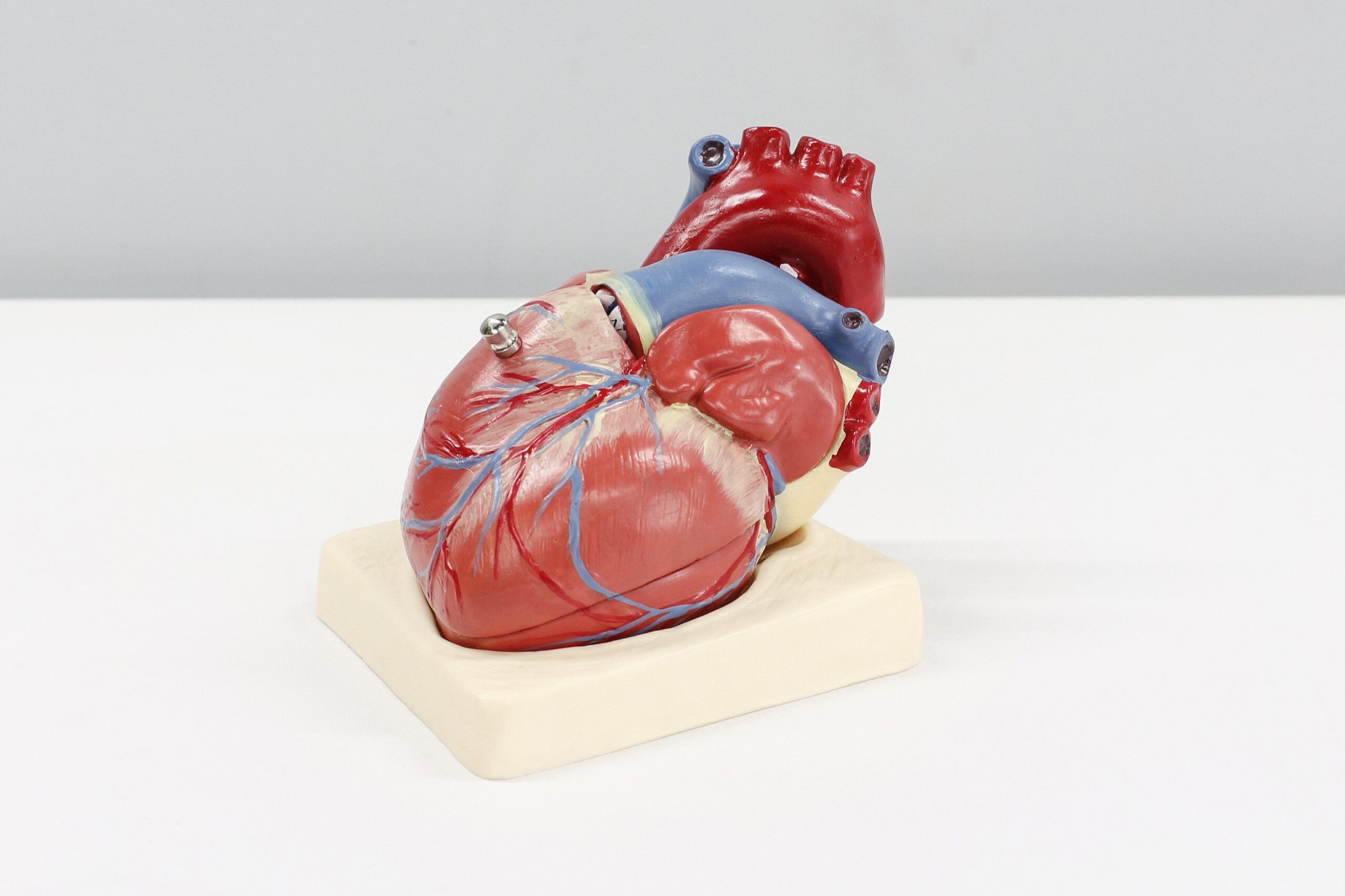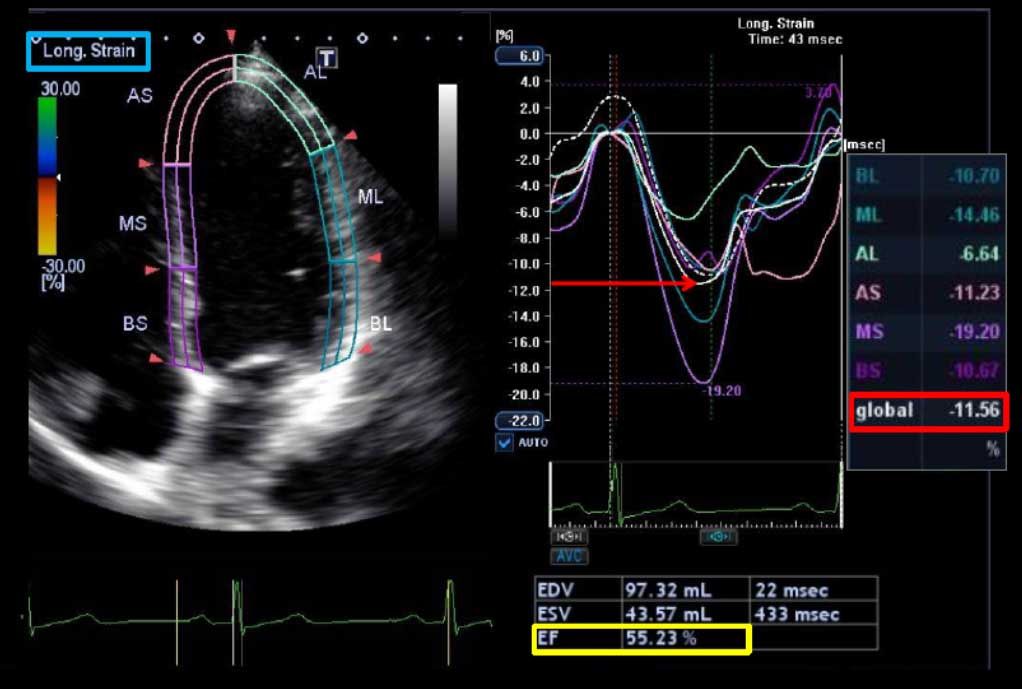|
10 Key Points from the 2013 ESC Guidelines on the Management of Stable Coronary Artery Disease
|
These guidelines should be applied to patients with stable known or suspected coronary artery disease (SCAD). This condition encompasses several groups of patients: (i) those having stable angina pectoris or other symptoms felt to be related to coronary artery disease (CAD) such as dyspnoea; (ii) those previously symptomatic with known obstructive or non-obstructive CAD, who have become asymptomatic with treatment and need regular follow-up; (iii) those who report symptoms for the first time and are judged to already be in a chronic stable condition (for instance because history-taking reveals that similar symptoms were already present for several months). Hence, SCAD defines the different evolutionary phases of CAD, excluding the situations in, which coronary artery thrombosis dominates clinical presentation (acute coronary syndromes).
The following are 10 key points from the 2013 European Society of Cardiology guidelines for the management of stable coronary artery disease (CAD), with emphasis since the last guidelines publication in 2006:
1. There are different underlying mechanisms of stable known or suspected CAD (SCAD). These include fixed or dynamic plaque-related obstruction of epicardial arteries, focal or diffuse spasm of normal or plaque-disease arteries, microvascular dysfunction, and left ventricular dysfunction caused by prior acute myocardial necrosis and/or hibernation. These mechanisms allow for consideration of ‘microvascular dysfunction and coronary vasospasm in diagnostic and prognostic algorithms.’
2. Coronary computed tomography angiography (CTA) may be considered an alternative to ischemia testing, especially in patients with chest pain symptoms with low to intermediate pretest probability. While CTA should not be overused, its very high negative predictive value can provide reassurance in select circumstances.
3. Although promising and valuable in offering information on both overall cardiac anatomy and function in the same examination, magnetic resonance coronary angiography is still regarded as a research tool and is not officially recommended in the diagnostic evaluation of SCAD.
4. Cardiac rehabilitation, commonly offered after myocardial infarction or recent coronary intervention, should be considered in all patients with SCAD.
5. The treatment of microvascular angina includes optimal coronary risk factor control and traditional anti-ischemic therapy. Beta-blockers are recommended as first-line therapy, given their role in relieving effort-related angina.
6. Patients with a high pretest probability for CAD and/or severe symptoms may benefit from early invasive coronary angiography without noninvasive risk stratification.
7. Fractional flow reserve (FFR), intravascular ultrasound, and optical coherence tomography are methods of intracoronary assessment of coronary artery stenosis severity. The measurement of FFR during adenosine infusion may identify functionally significant stenosis and should be used frequently. A patient with a stenosis and an FFR >0.80 should not be revascularized.
8. While it has been well established that there is genetic variation to the response to antiplatelet therapy (especially clopidogrel) in patients with acute coronary syndrome or myocardial infarction, there are no established recommendations to perform genetic testing to guide treatment with antiplatelet therapy in patients with SCAD.
9. Ranolazone, a selective inhibitor of late sodium current, has anti-ischemic and metabolic properties. It is useful as add-on treatment for the management of stable angina in patients inadequately controlled by first-line therapy, and does not impact heart rate or blood pressure.
10. In light of the results of the FREEDOM trial, coronary artery bypass grafting may be the preferred revascularization strategy in diabetic patients with multivessel disease.
Source: Cardiosource
|


